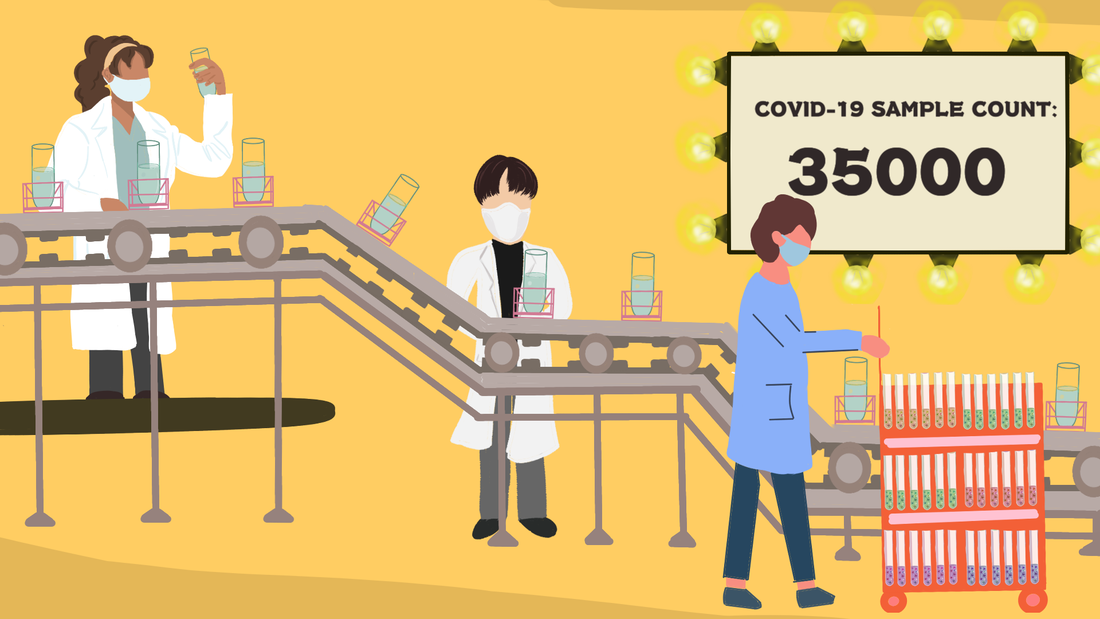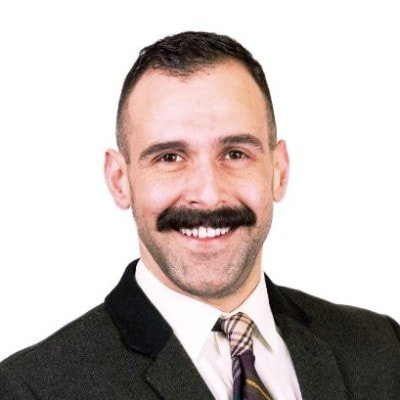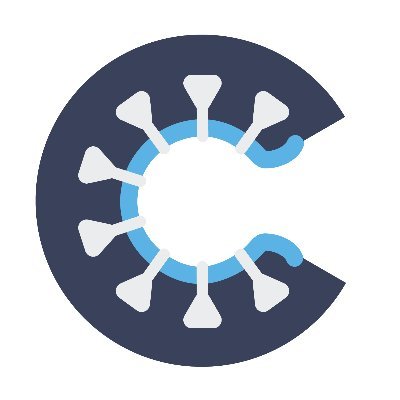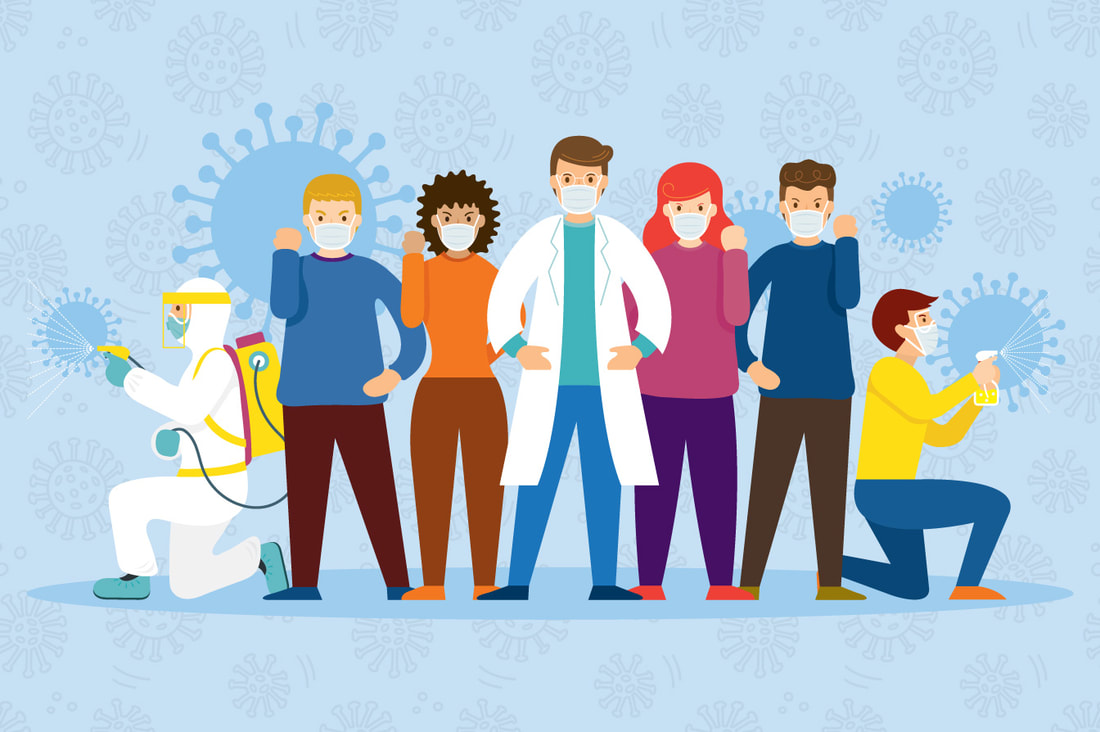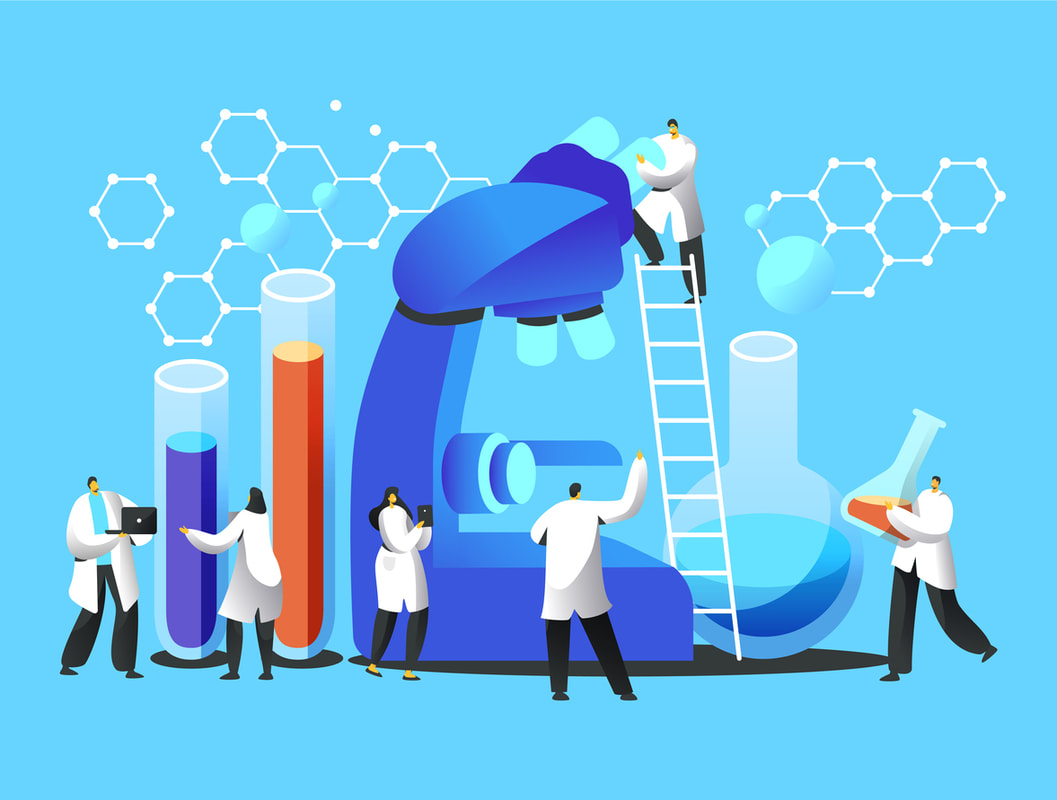|
Interview by: Hannah Lin (CC '23)
The following is a heavily condensed version of the full interview. If you're interested, read more here. You’re the founder of CRAC (Columbia Researchers Against COVID-19). Could you talk about how you came up with the idea?
getting calls from different departments and levels of administration at Columbia asking for help in different capacities. I learned that the pathology department was starting a biobank of COVID-19 patients on campus and because of my lab experience, I thought that I could help and so I was deemed the leader of the biobank project.
You started on March 31st, when New York was in the peak of the pandemic. What did you have to do to get this off the ground? The first thing was finding a space. After the space was chosen, the next thing we needed to consolidate was the workflow. A lot of challenges arose after I started recruiting people, the first one being biosafety. Not only were we asking people to leave their homes and families, we were also asking them to be in front of samples that had the potential to transmit the virus. What we did was divide the weekly schedule in four hour shifts so that every volunteer would only do four hours a
The project ended June 5th, and your team collected 35,000 samples, which is just amazing. Was it always going to be a 2 month project? From the CRAC perspective, we were an emergency response team. We had to assemble this infrastructure in a record amount of time because we either did this or we lost these samples. And these samples are gold. Apart from the 35,000 samples, which is amazing, we donated 423.5 hours of work. This speaks a lot about the people that I’ve been working with: they’re not only great scientists, but getting to know them personally has been really touching. You were a co-author of an op-ed earlier this year calling for Columbia to increase pay for postdoctoral and associate research scientists. Can you talk a bit about that? Yes, I’ve been helping to organize the postdoc and associate research scientist union at Columbia. I think we can all agree that postdocs are the backbone of research at Columbia. We bring a lot of value, prestige, and money through funding in grants. If you look at the salary ranges of our peers in the New York City area, we are, without any doubt, the researchers with lower salaries. We’re only asking to have fair salaries and fair compensation that allow us to live in one of the cities with higher cost of living. It’s as simple as that. This really impacts the quality of our research because many of us, at some point, have had to worry about paying rent, childcare or medical bills, and this really takes our focus out of our research. So fair compensation and increased benefits for postdocs at Columbia would have a very positive impact for postdocs so that we can focus on what really matters: our experiments and projects. Note: Since the date of this interview, the union has reached a tentative agreement. Read more here: https://columbiapostdocunion.org/contract-negotiations/cpw-uaw-status-negotiations-2020/. To end with some optimism: what gives you hope for the future?
for more than 10 years and have a lot of experience. I think that really speaks a lot about our researcher community and the commitment that we have to science and society at large.
0 Comments
Your comment will be posted after it is approved.
Leave a Reply. |

